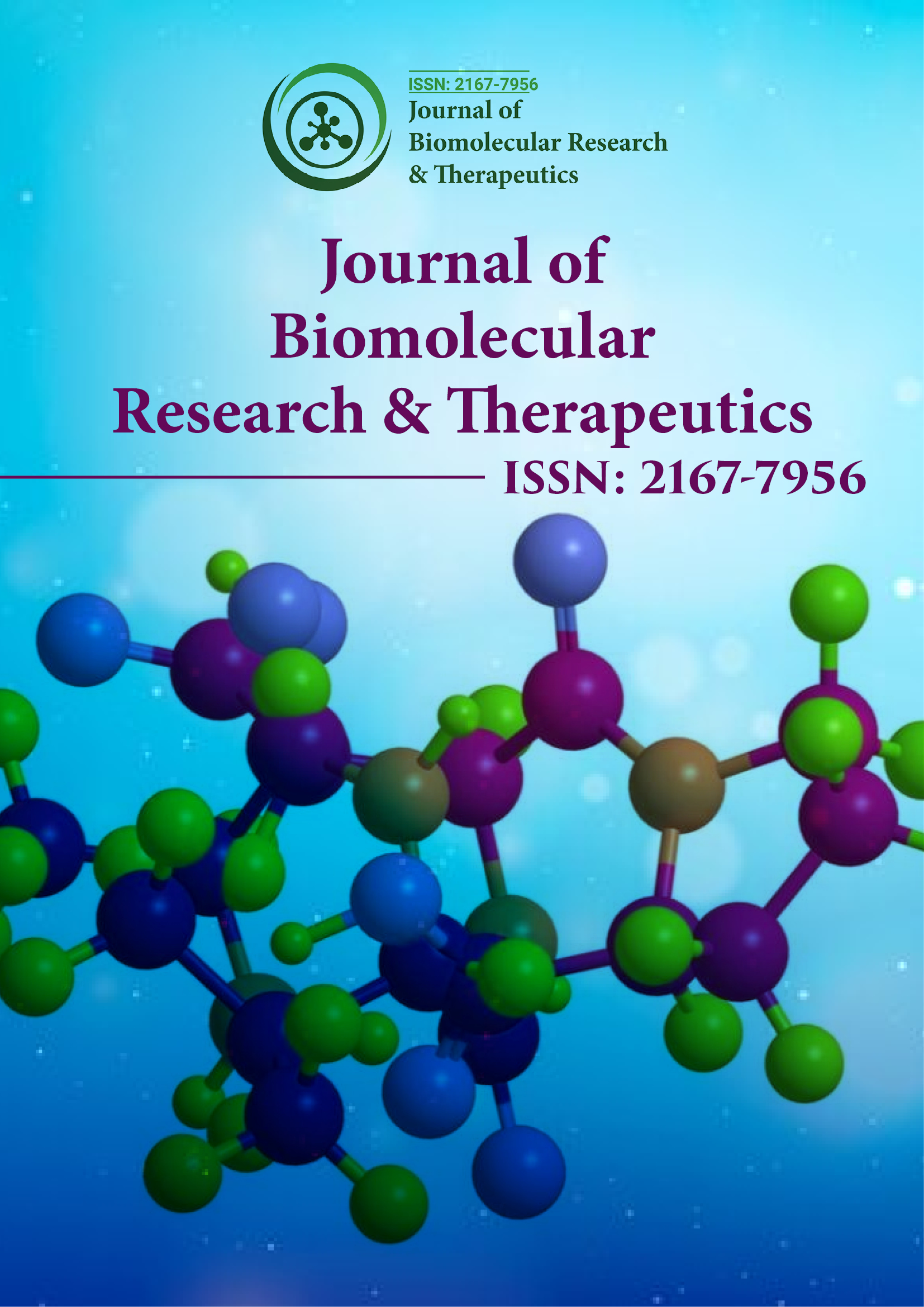Индексировано в
- Open J Gate
- Журнал GenamicsSeek
- ИсследованияБиблия
- Библиотека электронных журналов
- RefSeek
- Университет Хамдарда
- ЭБСКО АЗ
- OCLC- WorldCat
- Интернет-каталог SWB
- Виртуальная биологическая библиотека (вифабио)
- Паблоны
- Евро Паб
- Google Scholar
Полезные ссылки
Поделиться этой страницей
Флаер журнала

Журналы открытого доступа
- Биоинформатика и системная биология
- Биохимия
- Ветеринарные науки
- Генетика и молекулярная биология
- Еда и питание
- Иммунология и микробиология
- Инжиниринг
- Клинические науки
- Материаловедение
- медицинские науки
- Науки об окружающей среде
- Неврология и психология
- Общая наука
- Сельское хозяйство и аквакультура
- Сестринское дело и здравоохранение
- Управление бизнесом
- Фармацевтические науки
- Химия
Абстрактный
Биомаркеры микроРНК для раннего выявления эмбриональных пороков развития во время беременности
Сюэчжэн Ли и Чжиюн Чжао
Врожденные дефекты, проявляющиеся у новорожденных, формируются на раннем этапе эмбриогенеза. Целевые и индивидуальные вмешательства для предотвращения врожденных дефектов требуют раннего выявления риска и признаков аномалий развития. Современная диагностика структурных аномалий в значительной степени основана на ультразвуковом исследовании, которое может обнаружить аномалии только после их формирования у плода. Биомолекулы, в основном белки, в материнской крови использовались в качестве индикаторов аномалий плода; однако они не обладают достаточной чувствительностью для выявления эмбриональных пороков развития. Недавно в крови были обнаружены бесклеточные микроРНК (миРНК), которые были оценены как биомаркеры заболеваний. Было показано, что экспрессия определенных микроРНК в материнской плазме коррелирует с врожденными дефектами у младенцев. Хотя их надежность и чувствительность еще предстоит подтвердить, микроРНК, которые можно амплифицировать и секвенировать, являются потенциально чувствительными и специфичными биомаркерами раннего эмбрионального дисморфогенеза.